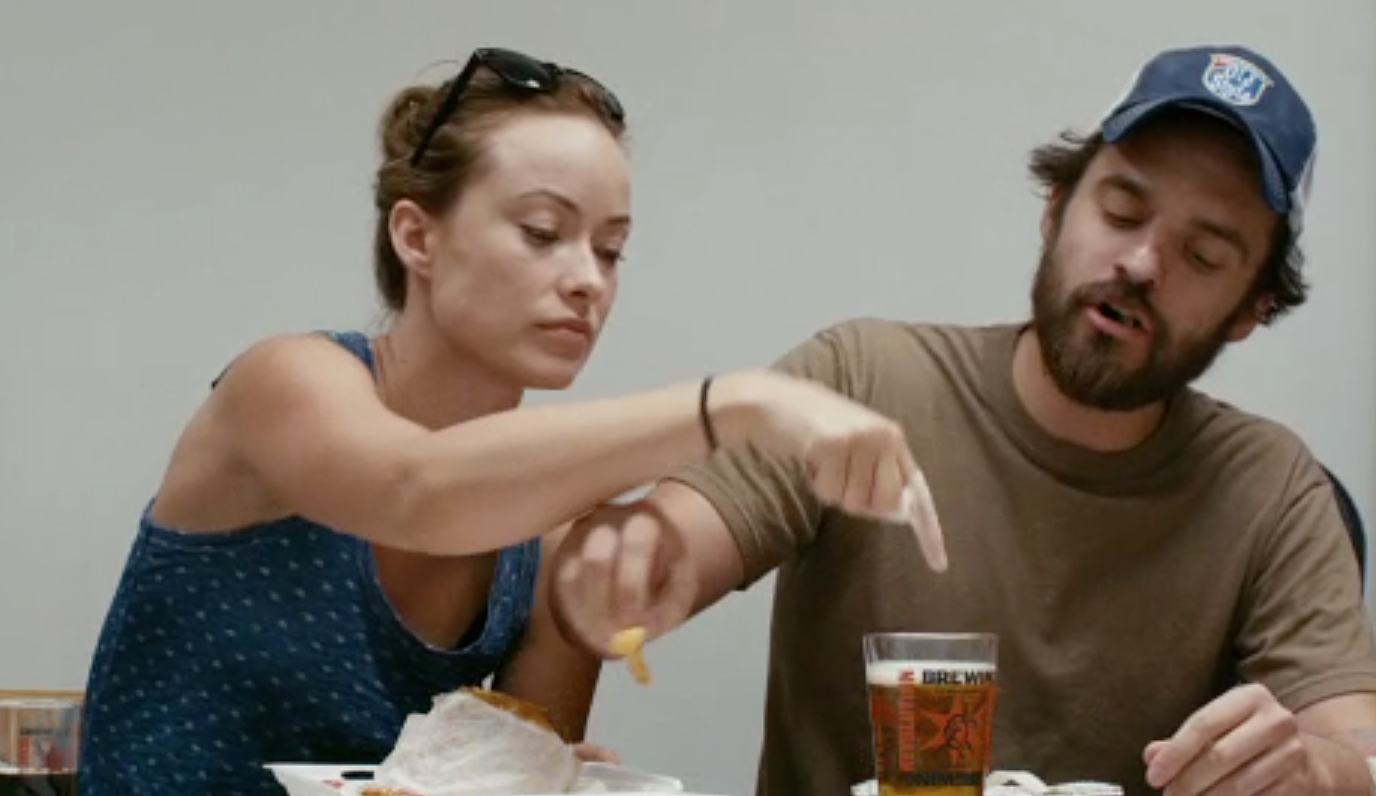It can't be easy to draw people to Apple Valley, California, for a youth soccer tournament.
While the town name might evoke a pleasant image of orchards tucked away in the hills, the reality is that Apple Valley lies in a rocky, gray-and-brown desert landscape that is sun-blasted in the summer and frigid and windy in the winter. The entertainment options in Apple Valley and neighboring Victorville are limited. Even the area's one-time claim to fame
– the Roy Rogers-Dale Evans Museum
– left a decade ago.
 |
| Action in the 2014 Coyote Classic |
|
But the Coyote Classic soccer tournament must be doing something right, as this year it drew 66 teams to Apple Valley (about two hours northeast of Los Angeles) for its 18th annual competition.
The 2014 Coyote Classic, played Feb. 8 and 9, was a decent tournament for players ages 8 to 13, but it had some annoying flaws.
Initial impressions of the tournament weren't too good. Game schedules weren't posted until the Tuesday before the weekend tournament and referee schedules weren't up until Wednesday. I've said it before and I'll say it again: That's not early enough. You have about 700 families who need to plan their lives; they need to know when their games are going to be.
A good standard for youth tournaments is to have schedules up a week before the first game.
Leading up to the tournament, the Coyote Classic
web page was a mishmash
– links to many items were missing and "Semifinals" was spelled "Simi Finals" three times. Links to the tournament rules and referee information were removed from the site three days before the competition, right when people needed them.
Games in all divisions were scheduled to begin a 8 a.m. on Saturday, when it was about 42 degrees. Teams were supposed to check at the even chillier hour of 7 a.m. I could understand the early start in the under-10 divisions, because there were enough teams to fully fill the day. But in U12 and U14, where there were fewer teams, the games could have started later and everything could have still fit into daylight hours.
Cold temperatures weren't the only reason not to start all the games at 8 a.m. As my family arrived at Brewster Park, the site of the tournament, a long line of cars snaked back out onto adjoining roads. Once inside, we found a chaotic scene at the check-in tent as 24 teams all tried to check in at once.
I have two words for the tournament organizers: Staggered starts. For example, have U10 games start at 8, U12 start at 9, U14 at 10.
Brewster Park is a large park devoted almost exclusively to soccer. That's nice. Unlike some tournaments, none of the fields had to be run across baseball or football fields. All the fields were flat, too, which again isn't always common in tournaments where they're trying to squeeze fields into park space.
The grass on the fields wasn't green or lush, but short and brown. Still, it was a fairly consistent, flat surface.
There was plenty of parking, also a nice feature, at $5 per day. There were a few permanent bathrooms and many porta-potties, but some of the latter got quite rank as the tournament went on.
There is barely a stick of shade in the entire park, so if there's any chance of sunny days while you're there, it's worth bringing some kind of pop-up shelter.
One thing I liked is that this tournament had full-length games, at least in U10 and U12. Some tournaments shorten games so they can cram more teams in and get more entry fees; I always feel cheated by that.
As an American Youth Soccer Organization tournament, the Coyote Classic used parent-refs. That is, each team provided a referee crew to ref other games. While no one is ever totally happy with reffing, I think this worked fine at this tournament
– up to a point.
The parent-ref system breaks down when you get to the finals and consolation games. Because most teams have been eliminated at that point and have headed home, parent-refs aren't available, so a tournament has to turn to local refs. And for my son's team, the ref crew that worked the final was the worst we had the whole weekend. The assistant referees weren't even sure where they were supposed to stand.
Organizers posted scores of games fairly quickly on boards near the check-in tent, but they did not post scores or results of any kind online. That is clearly an area where they can improve.
---
(Please support this blog by clicking on an ad, or by donating via
the Paypal button below.)



